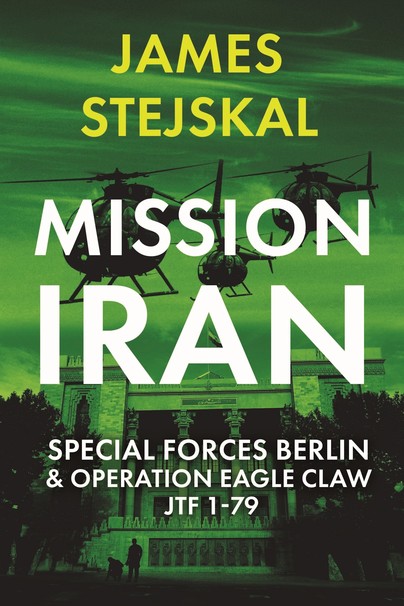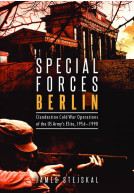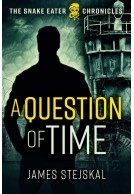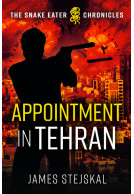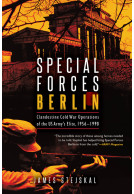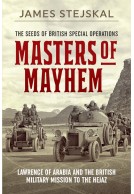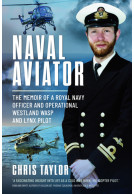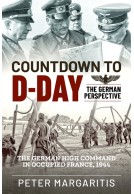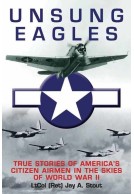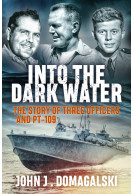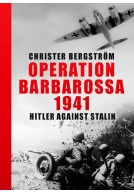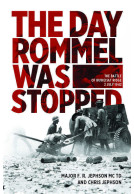Mission Iran (Paperback)
Special Forces Berlin & Operation Eagle Claw, JTF 1-79
Imprint: Casemate Publishers
Pages: 240
Illustrations: 80 illustrations
ISBN: 9781636243337
Published: 5th May 2024
(click here for international delivery rates)
Order within the next 15 seconds to get your order processed the next working day!
Need a currency converter? Check XE.com for live rates
On 4 November 1979, “student” supporters of the Ayatollah seized the U.S. Embassy with over 60 hostages. Although the Cold War was in full swing, the Iran hostage crisis was a watershed for the United States. The counterterrorism learning curve, both political and military, would be steep and often deadly. Detachment A had been established in Berlin early in the Cold War to harass and delay any Soviet military advance west. This Special unit trained relentlessly for every aspect of unconventional warfare, and was later assigned a second mission of counterterrorism. Due to this mix of skills, Det A would be called upon to undertake additional missions, including providing protection to General Al Haig and General Frederick Kroesen following assassination attempts. When American planners were trying to work out how to rescue hostages being held at two sites in the middle of a hostile country, it became apparent that the unit—the only US military dual-capability unit—would be integral to the effort. The plan for Operation Eagle Claw, as it became known, was extremely complex. The first stage was intelligence gathering—no mean feat as most of the CIA’s capabilities in the country had been eliminated. With operatives trained in intelligence work, fluent in many languages and adept at blending in, Det A took on the advanced recon of the targets. Then, when Delta Force admitted that it could only manage the assault of the Embassy, Det A volunteered to rescue the three Americans at the Foreign Ministry. Meanwhile for security purposes, all existing training and exercise commitments in Berlin would continue with no Teams broken up. This caused some consternation as none of the men wanted to miss out on this mission reminiscent of Son Tay. Veteran and historian James Stejskal details Det A’s unique and integral role in Operation Eagle Claw, based upon firsthand accounts of the operatives involved.
This is an interesting book about a fascinating story (or stories I should say). The subject is essentially about the birth of modern US SOF and one particular mission - the spectacular failure that was the attempt to rescue US hostages in Tehran immediately prior to the Iranian Embassy Siege in London in Apr/May 1980.Whilst only a relatively slim volume, the book is basically in two halves - the planning and execution of EAGLE CLAW, the raid itself and the subsequent planning for a second attempt known as STORM CLOUD which wasn't required (thankfully!). The author also gives the background to 'Special Forces Berlin Detachment A' (who I confess never to have heard of) and the part they played in support of the newly created Delta Force in the planning, recce, execution and subsequent recovery phases. Whilst the story is a fascinating one, nearly half the pages are annexes dedicated to 'Weapons of SF Berlin', their nominal roll, their training (leaning very heavily on 22 SAS) and most interestingly interviews with former members. Apart from mentions of 22 SAS, there is also a nod to GSG9 who are not seen as very good at all.
Army Rumour Service
I shan't labour the point on the rescue mission itself, but over-ambitious is only the half of it - limited time, competing egos and over-confidence are writ large throughout and the fatal end result is well know, handing a major propaganda coup to the new Islamist regime in Tehran. There are some real characters described in this book - men who took risk-taking to the edge and (barely) lived to tell the tale at the tactical end and also their commanders at the operational level, trying to juggle politics, resource limitations, and failing equipment in equal measure.
The author is a former Detachment A member who has an interesting back story of his own but its not clear that he was involved at the time - I suspect not, but the book is not clear on that.
Overall, it's a very useful insight into the birth pains of modern US Special Forces and an excellent example of the friction of war, you can read it in one sitting.
Introducing the author.
History Book Chat
James had an incredible 35 years serving with both the US Army Special Forces & the CIA. His own first-hand experiences & knowledge clearly shine through in the telling of this true story.
The phrases 'Counter Terrorism' & 'Unconventional Warfare' seem like more modern methods to be used against an enemy. Yet this book goes back to a Berlin at the centre of the Cold War.
Here the author provides a fascinating brief history of the Special Forces team known as 'Detachment A', which was based in Berlin. We learn that quickly after the second world war ended, new methods were being trained for & tested incase of war with the Soviets. This also included training teams from other countries, including Germany.
Being on constant readiness, six seperate teams had to speak the language & blend into everyday Berlin life.
Should the Cold War escalate these teams would enter East Germany within two hours to "wreak havoc behind enemy lines". From gathering intelligence, sabotaging railway lines & raising guerrilla forces, their roles certainly had the same look at that of the SAS & SOE behind the German lines in Occupied France.
The title of the book means we then move on to 1979.
On November 4th, radical Iranians had planned a demonstration outside the US embassy in Tehran. Instead hundreds of students stormed the building seizing 66 Americans as hostages. As diplomatic negotiations to release them continued, a rescue plan was set in motion. But who amongst the armed services had the required skills & training for such a potential suicide mission? 'Detachment A' in Berlin would be moving countries.
What follows could make the reader believe they are reading a fictional thriller.
Americans couldn't just walk around the streets of Tehran, so how could intelligence be gathered on the armed Iranian guards outside the embassy? Where were the hostages being held?
Even if Det "A" could get into Iran & get to the hostages, how were they going to extract them all?
I was a young boy at this time, so I didn't really know of this story and/or what happened next. This then will be a perfect read, if you're like me & enjoy reading about the world's special forces. I'm sure you find it a valued addition for your shelf.
An added bonus is that the author has managed to get several interviews with those involved, many of these conversations are included in the Appendix.
So a really interesting & at times an exciting read. I'm so pleased I've had the chance to read it and learn about this secret team based in post-war West Germany.
About James Stejskal
James Stejskal, after 35 years of service with US Army Special Forces and the Central Intelligence Agency, is a uniquely qualified historian and novelist. He is the author of the definitive history: Special Forces Berlin Clandestine Cold War Operations of the US Army's Elite, 1956–1990 and Masters of Mayhem: Lawrence of Arabia and the British Military Mission to the Hejaz. This is his third novel.







